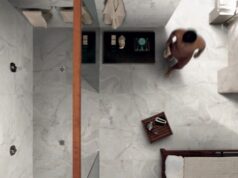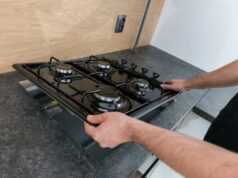
Knowing where to spend money and where to save money is a very important part of choosing the right floor for your home.
Points to consider when assessing your budget

How much money you can afford to spend on your floors is obviously going to have a big impact on the options you have available to you. When assessing your flooring budget, there are a lot of different factors that come into play. Below are some of the questions you need to consider:
- What is the total outlay for the materials?
- How much labour is involved, and how many people will you have to pay to get the job done?
- How long will the floor last and will repairs be costly?
- How much will it cost if I change my mind later on down the road?
- How many rooms are going to be covered?
- How many different flooring materials will be used throughout the house?
Special requirements for different floor types
A larger budget will afford more options but can bring problems of its own. A large scale parquetry floor will take a lot longer to install than a carpeted floor leaving you unable to use the house for the duration of the works. The floor you choose may also require you to redo the subfloor, adding to the total cost and time so should definitely be factored in.
Pay now, save later
You should also think carefully about choosing more expensive but longer-lasting materials which will stand the test of time and give you more value through the years. Stain resistance, durability and quality workmanship will pay for themselves over the course of a floor’s life. More expensive materials are often backed by a much longer warranty too, giving you peace of mind should something go wrong. A good floor will also make your house easier to heat and cool, reducing power bills significantly.
Budget wisely
As a general tip on saving money for your floor budget, scrimp in the right areas. If there is any basic work you can do yourself confidently, you won’t need to pay someone else to do it. Just remember that mistakes can be costly; a poor DIY job might end up costing you far more in the long run.
Get samples of the floor surface you intend to use and put them to the test. You may find that you can get away with less expensive (but equally durable) options in lesser-used parts of the house. Try not to go for the cheapest materials where possible; in most cases you will get what you pay for.





